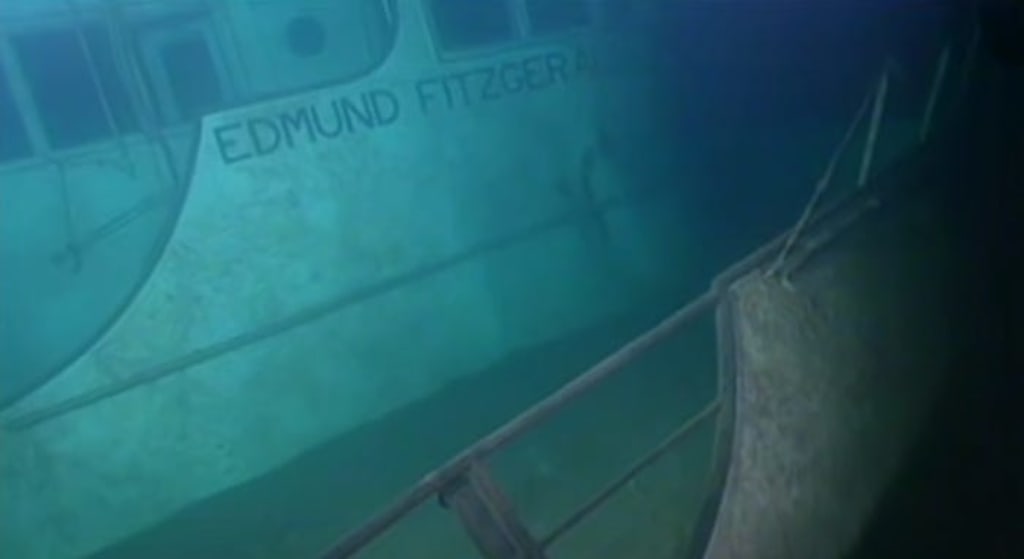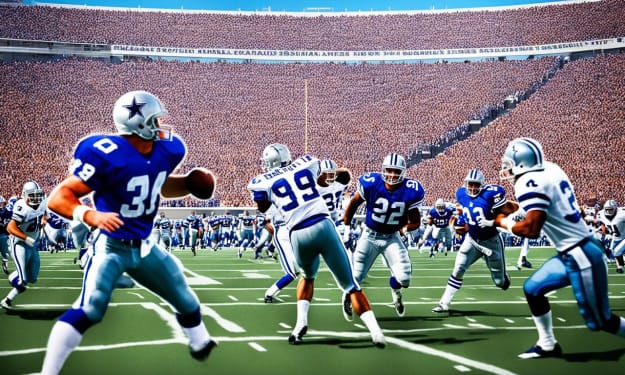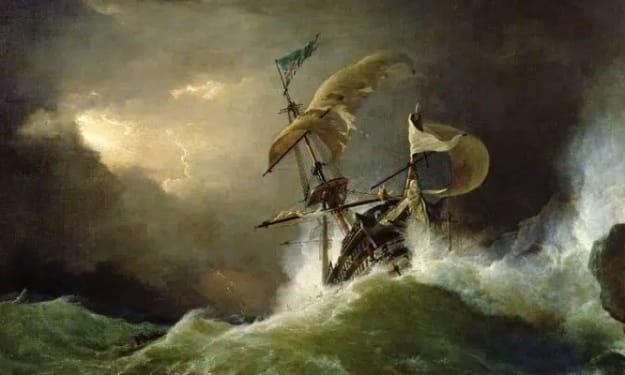The Enigma of the SS Edmund Fitzgerald: A Legacy of Mystery and Tragedy
Ship Tragedy

The sinking of the SS Edmund Fitzgerald stands as one of the most enduring maritime mysteries of the Great Lakes. On November 10, 1975, this American freighter, often referred to as the "Mighty Fitz" or the "Pride of the American Side," met its tragic end during a severe storm on Lake Superior. The loss of all 29 crew members, combined with the absence of recovered bodies and the unknown cause of the sinking, has cemented the Edmund Fitzgerald's story in the annals of nautical lore.
The Pride of the Great Lakes
Launched on June 8, 1958, the SS Edmund Fitzgerald was an engineering marvel of its time. Named after Edmund Fitzgerald, the president of the Northwestern Mutual Life Insurance Company (the ship's owner), it was the largest ship on the Great Lakes when it first set sail. At 729 feet long and with a capacity of over 25,000 tons, the Edmund Fitzgerald was designed to carry taconite iron ore from mines near Duluth, Minnesota, to iron works in Detroit, Toledo, and other ports.
The Fitzgerald was known not only for its impressive size but also for its record-breaking performance. It frequently set seasonal haul records, earning a reputation for reliability and strength. However, this reputation would be tragically overshadowed by its untimely demise.
The Fateful Voyage
The final voyage of the Edmund Fitzgerald began on the afternoon of November 9, 1975. Loaded with taconite pellets, it departed from Superior, Wisconsin, bound for Detroit, Michigan. Captained by Ernest McSorley, a seasoned mariner with decades of experience, the freighter was accompanied by another ship, the Arthur M. Anderson, captained by Bernie Cooper.
As the two ships traversed Lake Superior, the weather conditions began to deteriorate rapidly. A storm, characterized by gale-force winds and towering waves, descended upon the lake. By the evening of November 10, the storm had reached its peak, with wind gusts exceeding 50 knots (approximately 58 mph) and waves as high as 35 feet.
The Last Communication
Throughout the day, the Fitzgerald and the Anderson maintained regular radio contact. Despite the worsening conditions, Captain McSorley reported that the ship was handling the storm relatively well, although it had sustained minor damage and was taking on water. At around 7:10 p.m., McSorley communicated with Cooper, saying, “We are holding our own.” This was the last transmission from the Edmund Fitzgerald.
Moments later, the Fitzgerald vanished from the Anderson's radar. Despite immediate search efforts by the Coast Guard and other vessels, no trace of the ship was found that night. The following day, debris and lifeboats from the Fitzgerald were discovered, confirming the ship had sunk, but none of the 29 crew members were ever recovered.
Theories and Investigations
The sudden and complete disappearance of the Edmund Fitzgerald has spawned numerous theories and extensive investigations. The official Coast Guard report suggested that the ship likely sank due to a combination of factors, including structural failure, massive waves, and potential human error. However, this explanation has been contested by many.
Structural Failure
One prevalent theory posits that structural weaknesses in the Fitzgerald’s hull may have contributed to its sinking. The ship had a history of hull cracks and other structural issues, which, when subjected to the immense stress of the storm, could have led to catastrophic failure. Some experts believe that the freighter may have suffered from "bottoming out," where the keel strikes the lake bed, causing severe damage.
Rogue Waves
Another compelling theory involves the phenomenon of rogue waves, also known as "freak waves." These are unusually large, unexpected waves that can reach heights far exceeding the surrounding seas. It is suggested that a series of rogue waves, sometimes referred to as "three sisters," could have overwhelmed the ship, leading to its rapid sinking.
Human Error and Equipment Malfunction
Some investigators have considered the possibility of human error or equipment malfunction. The Fitzgerald was reported to be experiencing problems with its radar and bilge pumps, critical for navigating and managing water ingress during the storm. Additionally, the decision to take a northern route, closer to the Canadian shore, may have exposed the ship to more severe conditions.
The Legacy
Despite extensive research and numerous expeditions to the wreck site, located in two large pieces 530 feet below the surface of Lake Superior, the exact cause of the Edmund Fitzgerald's sinking remains elusive. This enduring mystery has captured the public imagination, immortalized in songs, books, and documentaries. Gordon Lightfoot's haunting ballad, "The Wreck of the Edmund Fitzgerald," has played a significant role in keeping the memory of the tragedy alive, bringing the story to a global audience.
Remembering the Crew
At the heart of the Edmund Fitzgerald’s story is the loss of its 29 crew members, a sobering reminder of the perils faced by those who work on the Great Lakes. Memorials have been erected in their honor, including the bell from the ship, which was recovered and now resides at the Great Lakes Shipwreck Museum in Whitefish Point, Michigan. Each year, on November 10, ceremonies are held to commemorate the lives lost and to reflect on the enduring mystery of their final voyage.
Conclusion
The sinking of the SS Edmund Fitzgerald remains one of the most poignant and enigmatic tragedies in maritime history. Its story is a testament to the unpredictable power of nature and the enduring strength of the human spirit in the face of overwhelming odds. As we remember the Edmund Fitzgerald and its crew, we are reminded of the bravery of those who navigate the Great Lakes and the relentless pursuit of answers in the wake of unspeakable loss.
About the Creator
Enjoyed the story? Support the Creator.
Subscribe for free to receive all their stories in your feed.






Comments
There are no comments for this story
Be the first to respond and start the conversation.